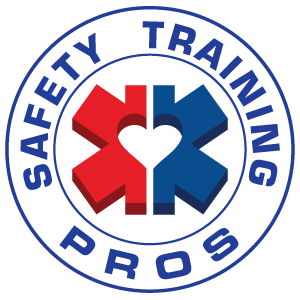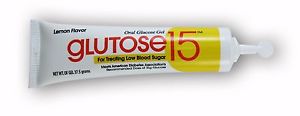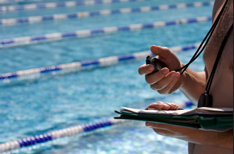- November 14, 2016Have you ever asked yourself, what is the rationale behind the steps for caring for an unresponsive person with an…
- October 28, 2016With Halloween only days away, here are some Ghoulishly good tips to keep everyone safe both on and off the road.…
- October 10, 2016Did you know that sudden cardiac arrest takes the lives of over 300,000 Americans each year? According to Mary Newman, SCA Foundation…
- September 26, 2016"Students can be taught the fundamental life-saving skill of hands-only CPR in 30 minutes or less" EMS1 Staff In August, Gov. Jerry…
- September 1, 2016September is National Preparedness Month. Are You Ready? Safety Training Pros, has trained thousands to be prepared in case of…
- September 9, 2015Digital certification cards are the electronic form of a print certification card. What the student does to receive the card…
- September 9, 2015We’ve all seen her, and many of us have learned our lifesaving CPR skills on her. You might ask who…
- September 9, 2015Have you been meeting your OSHA mandated CPR and First Aid training requirements for your employees online? Online training alone…


